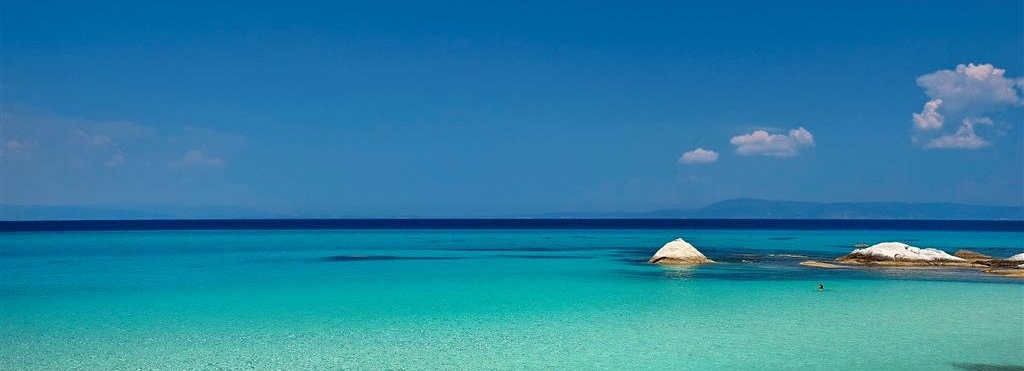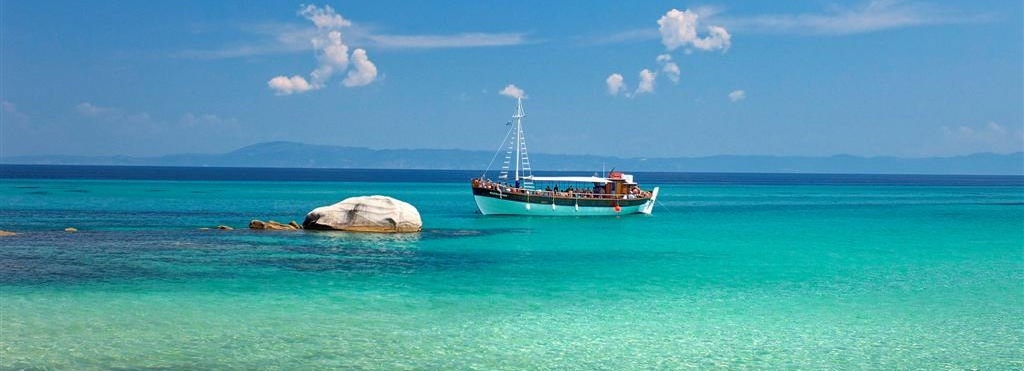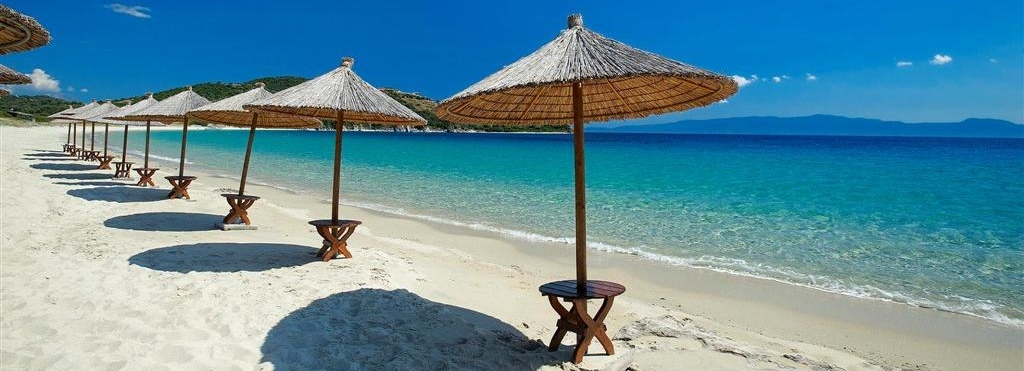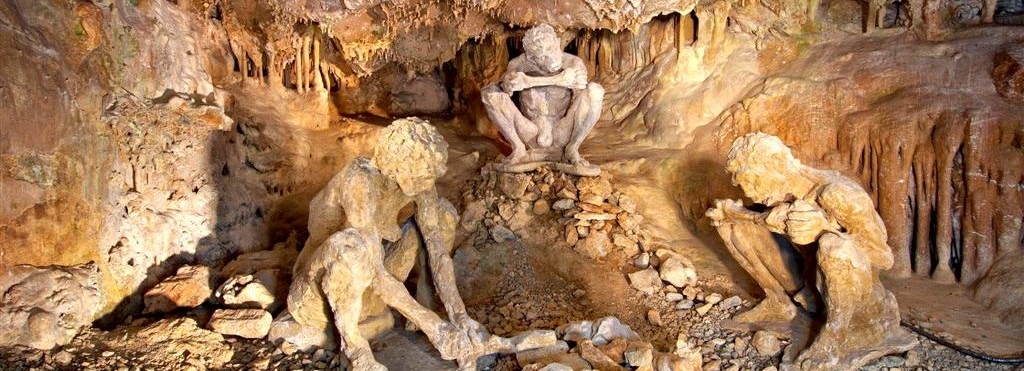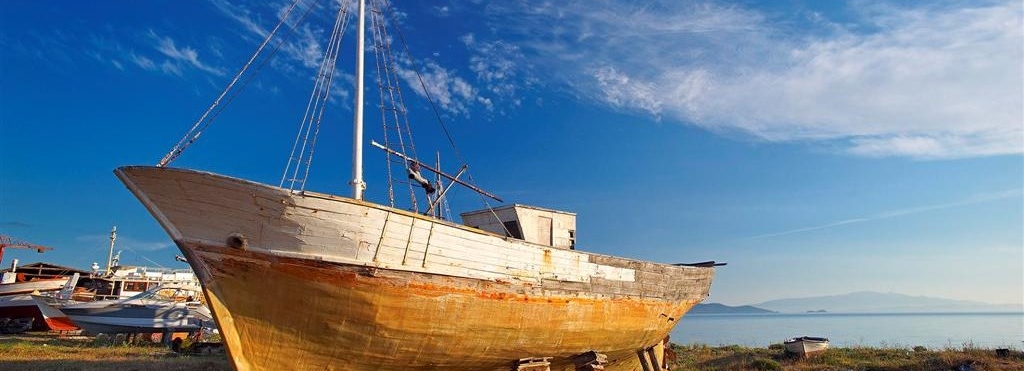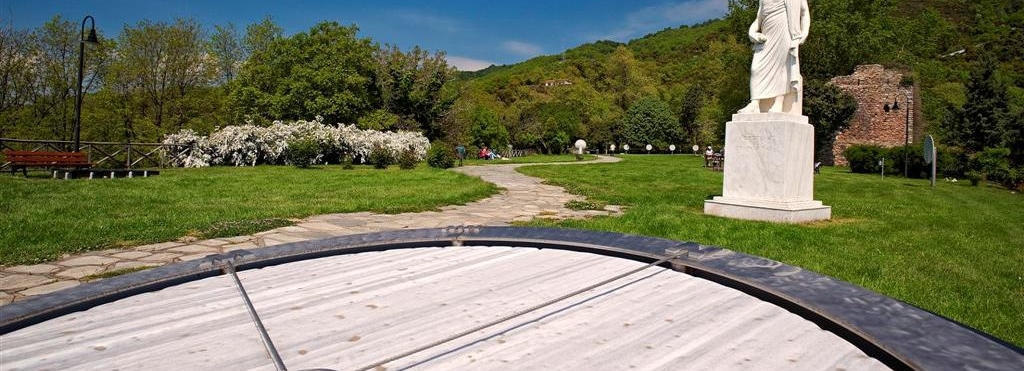Holy Community
Holy Administration: 23770 -23711, 23770 -23713
Head Custodian: 23770 -23710
Head Secretary: 23770 - 23710
Secretary: 23770 -23224
Fax: 23770 -23315
Holy Mt. of Athos Administration
Secretary: 23770 -23314
Governor: 23770 -23230
Deputy Governor: 23770 -23290
SERVICES
Police Precinct
Operator, Karyes: 23770 -23212
Captain: 23770 -23260
Hellenic Post (EL.TA.)
Karyes: 23770 -23214
Hellenic Telecommunications Organization (OTE)
Supervisor: 23770-23209, 23770-23990
Technical Services: 23770 -23314
Karyes Infirmary
Doctor: 23770-23217
Fire Department
Karyes Fire Station: 23770-23199
Cars for the transportation of pilgrims
Karyes: 23770-23266
Fasting is the abstention from specific kinds of food, or from eating altogether. Fasting is intended to cleanse the body and the soul and fortify the will.
Service is interwoven with prayer and obedience. There are two kinds of service, “inward”, or esoteric or private, and “outward”, or public. Public service constitutes of the duties shouldered by a monk living in a commune and those relating to hospitality. It also relates to the sharing of knowledge, wisdom and compassion, when such things are asked of him. Esoteric service lies in the monk’s prayers for humanity.
Obedience is one of the most important virtues of monasticism. It is a precondition for modesty which is generally acknowledged as the cornice of all Christian virtues. The Fathers of our Church place obedience over fasting and prayer. Their rationale is that without obedience exercise will bring about vanity and pride, since when someone acts following orders there is no pretense for him to boast. Obedience is the unreserved offering of one’s self to the Will of God. The spiritual father will help the monk on this issue and his contribution is of grave and great importance for the development of the monk. As a sign of his obedience to God’s Will, the monk is called to ‘abide by’ his spiritual father.
Prayer is the right, obligation and aid for all pious people. For a monk, prayer is his only reason of existing. There are various forms of prayer, for different circumstances and needs. “Jesus’ prayer” or the “Wish” recited by monks on Holy Mt. Athos with the help of their prayer beads goes like this: “Lord Jesus Christ, Son of God, have mercy on me, a sinner.”. Many pages have been written examining this prayer, but much more has been experienced through it. It is also known as the “Prayer of the Heart”.
For a man to come face to face with God, in the special way that a monk is called upon to do so, he needs solitude and quiet, without external distractions. Monks that need this special solitude do not live in communes, but in solitary isolation.
Each one of us is called upon to serve God in many and various ways. Monasticism is a particular calling, a special way for man to serve God and mankind.
Every man has a “particular gift”, as St. Paul puts it. The calling for one to become a monk is just one such gift.
God himself speaks to the monk to be (offering signs and in the form of an inner voice), or through his Spiritual Leader (Father).
Monasticism is one of the ways for man to reach the Divine. To attain this state monks practice solitude, prayer, exercise, obedience to their Spiritual Father, service and fasting.
As they approach a monastery, the first thing visitors will notice is that construction-wise, monasteries on Mt. Athos resemble large castles, fortified medieval citadels. An imposing and very tall wall, further fortified with turrets, loopholes, holes for defending the grounds by pouring hot water or oil against invaders, as well as a great and imposing tower at the highest or weakest spot of the monastery. The reason dictating such edifices was the monks’ need to defend against their many and various enemies, who aspired to conquer and look Mount Athos over the centuries (pirates, the Franks, the Catalans and many others). Roughly in the middle of the wall we find the sole entrance to the monastery with two gates, close to one another. The gates shut with heavy wooden doors lined with long iron blades on the inside and heavy metal plates on their face. In between these two gates there is a small cell, where visitors meet the Gatekeeper. It is his duty to secure the gates after sundown and open them again at sunrise. He also checks the visitors’ permits and leads them to the Guest Quarters (Arhontariki). There the visitors are greeted by the Host Monk (Arhontaris), who offers them water, coffee, tsipouro and a Turkish delight. Later and after the visitors have signed in the Visitors Book, the Host Monk’s assistant will show them to their rooms to rest. In the afternoon (round four o’clock) the visitors assemble in the great courtyard, where the Catholicon is situated. This is the central church in every monastery and usually its place is at the center of the courtyard. Next to it we find the Phial, the edifice used for the performance of the blessing of the waters. Around the Catholicon there are several chapels, other buildings and many trees. The bell towers are also next to the Catholicon in the courtyard, and on their ropes hang bells of various shapes and sizes. Upon entering the Catholicon to attend the service of Vespers, visitors note that there is a climbing staircase across the church, a staircase beginning in one area and ending in another, going from chapel to chapel, from the icon-screen and the frescoes to the main church, the Holy Bema (Sanctuary) and culminating in the extension of the soul on the dome, from where our Almighty Lord Jesus oversees the World. Immediately after Vesper the bell chimes for everybody to go to the Refectory (Trapeza) for it is time to eat. The Refectory may accommodate many people, for it is usually a large, spacious space, opposite the Catholicon. The first to enter is the Abbot, followed by the monks and, last, the visitors. As a matter of principle, food on Mt. Athos is plain and frugal, marked by the complete absence of meat and usually consisting of legume, pasta, vegetables, olives, sometimes oil, fish and fruits. They serve excellent traditional bread, while their home-made wine is simply exquisite. About halfway along the left side of the table there is a pulpit from where the Reader reads various excerpts and preachments during meals. After dinner, visitors return to the Catholicon. They are there greeted by the Sacristan (Vimataris) who takes out the Holy Relics from the monastery’s archive and places them on the Bema for the people to bow before them. The rest of the day is free and this is, most probably, the most important moments, where visitors wonder around the courtyard, rest or find and talk to the monks, listen to their views, while the monks with patience and kindness offer their experiences, their advice, but, more importantly, give their blessings. In the early hours of the morning (around 4:00) visitors go to the Catholicon again to attend the Matins and the mass. They then have an early breakfast (around 8:00am) and leave the monastery to continue their journey.
The Protocol of the monastic state dictates that only men are allowed to visit the Holy Mountain of Athos. Visitors must, a few days prior to their arrival, call the offices of the Pilgrim Bureau in Thessaloniki, make a booking and get a code number. This number is necessary as there is a strict quota, limiting visitors to 120 per day. The offices of the Pilgrim Bureau in Thessaloniki are open 08:30 to 14:00 on working days and 10:00 to 12:00 on Saturdays. The telephone number for permits (diamonitirio) is 2310 252578 and Fax number 2310 222424). Visitors may travel by road (using their own vehicle or by bus) from Thessaloniki to Ierissos, Nea Roda or Ouranoupolis. The distance is roughly 140 km. and there are direct national bus services from all major Greek cities to Ouranoupolis. All of these destinations are cosmopolitan, tourist resorts which means that there is an abundance of shops, hotels, restaurants, as well as parking for your vehicles. The only cars allowed on Mt. Athos are those of the monasteries and of the workers working on the mountain. Thus visitors must leave their cars in the city. Prior to their departure for Mt. Athos, visitors must have their permits to reside (diamonitirio). They shall get these from the offices of Mt. Athos in Ouranoupolis (on the right side of the port, tel. 23770 71421). Visitors must be at the offices at least one hour prior to departure. In order for the permit to be issued visitors must show their police ID and pay a fee. Especially for foreign visitors the following are also required: A reference letter from their country’s embassy in Athens or from the corresponding consulate in Thessaloniki; a permit of entry to Mt. Athos from the Ministry of Foreign Affairs in Athens (Ecclesiastic Affairs Directorate) or from the Ministry of Northern Greece in Thessaloniki (Foreign Affairs Directorate) and their passport. The visitor’s personal information is recorded on the permit to reside, their code number and also the date of entry and the duration of stay. This duration is usually four days, however, should a visitor wish to prolong their stay, they may ask for an extension from the Holy Administration in Karyes. From Ierissos visitors will take the boat to the eastern side of Mt. Athos, from there they will be able to visit the following monasteries: Hiliandarion, Esfigmenos, Vatopedi, Pantokrator, Stavronikitas, Iviron, Megisti Lavra. For all other monasteries they must disembark at Iviron monastery (3 hours by boat) and then take the bus to Karyes (1/2 hour by bus) and from there they shall be able to visit any monastery. The Ierissos itinerary is available only in the summer. The other boat sails from Ouranoupolis. This one goes to the western side and stops at the monasteries of: Dohiarion, Xenofon, Panteleimon, Gregorion, Dionysios, Agios Pavlos. For the other monasteries, visitors must travel to the port of Dafni (2 hours by boat) and from there make their way to Karyes (1/2 hour by bus). Transportation on Mt. Athos is not adequate or satisfactory. For this reason, besides boats and buses, visitor may also get a taxi to drive them to their destination. For the most part, though, visitors should be prepared for long walks.
Retreats, or hermitages, comprise a transgression of a building. They are edifices constructed by hermit anchorites to cater for their, deemed by themselves minimal, needs. They are usually erected in hard, sometimes impossible, to reach places with the blessing of the cardinal monastery and the anchorite’s spiritual mentor. All forms of monkhood present on Mt. Athos and cited above have developed over a course spanning more than one thousand years. This tradition has imprinted itself, in apparently different manners should we judge it superficially, in their characteristics relating to the buildings or their organization. These, and independently of any typologies, morphologies or organizational systems of communal living, are an important constituent factor of the tradition of Mt. Athos. But the common qualitative element of tradition is the internal cohesion of all these different ways of living a monastic life, which is itself a coefficient of the rich evolutionary course of monasticism on Mt. Athos until the present.
More...
Seats are located close to the monastery. They are not self-inclusive but are, rather, granted to monks of the monastery who do not enjoy succession rights.
Tradition dictates that, as a rule, three monks may inhabit a cells and permits up to three monks on trial. Head of the cell is the Elder to whom the monastery has surrendered the cell with a special administrative act and the corresponding instrument which is called a promissory note. The cell is surrendered for life, with its corresponding plot, against a price that also secures successor rights. Succession is established by the registration in the promissory note of the names of three monks. After the elder dies, head of the cells becomes the second, in order, monk, paying to the monastery the so-called tertiary-share.
Sketae are communities of monks, historically established in the greater geographic area of certain monasteries and only after the permit of the cardinal monastery, certified by Patriarchic sigil. Eight of them, with the traditional communal way of organization, are settlements made of huts with a religious and community life center, the Kyriakon (for Sunday). The Kyriakon is complemented by the Refectory, the Guest Quarters and the Library. Head of the monks in a skete is Dikaios who is elected by the convocation of Elders. His term lasts for one year and he manages the affairs of the skete with a committee of two councilors. All of this refers to the traditional, idiorrhythmic sketae, the four coenobic sketae which were erected in the 19th century in the form of a monastery complex are coenobitic. Dikaios serves for life and their building organization has the great monasteries as its model.
On the southwestern wing of the complex of the Skete of St. Andrew near Karyes operates today the Athonias Ecclesiastical Academy, or Athonite Academy. The Academy was inaugurated in 1749, following an initiative by Patriarch Cyril the V. It had originally been housed in a building constructed specially for this on a hill near Vatopedi monastery. That complex included of 170 cells, Refectory, Chapel, Library and teaching halls. It was a highest educational academy under the corresponding Patriarchic Sigil. St. Cosmas of Aetolia and Athanasius Parios had both graduated and taught there. It ceased to operate in 1809 and reopened its doors in St. Andrew’s Skete as an ecclesiastical academy and orphanage in 1930.
Athonias Ecclesiastical Academy
Tel. 23770-23200 Fax 23770-23341
